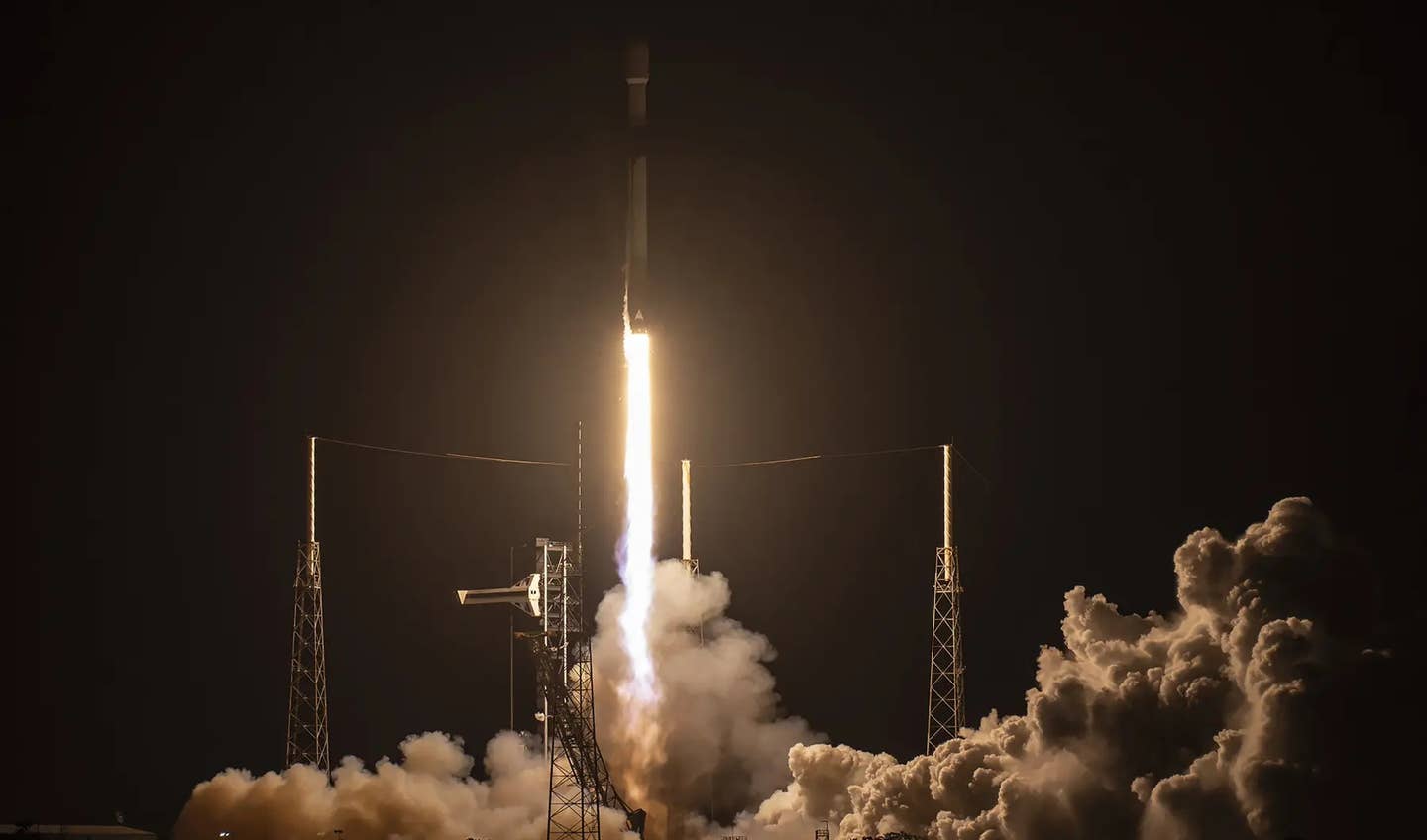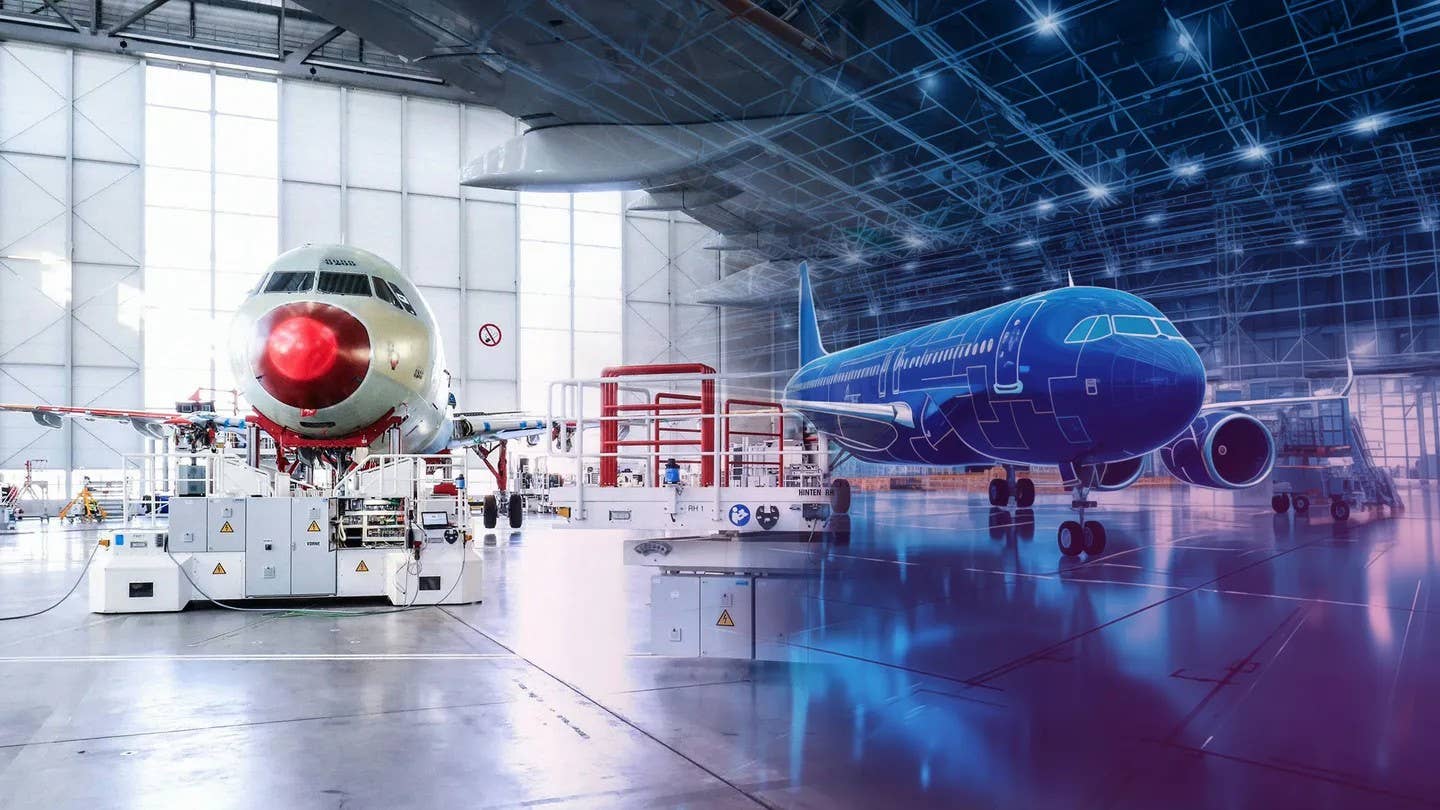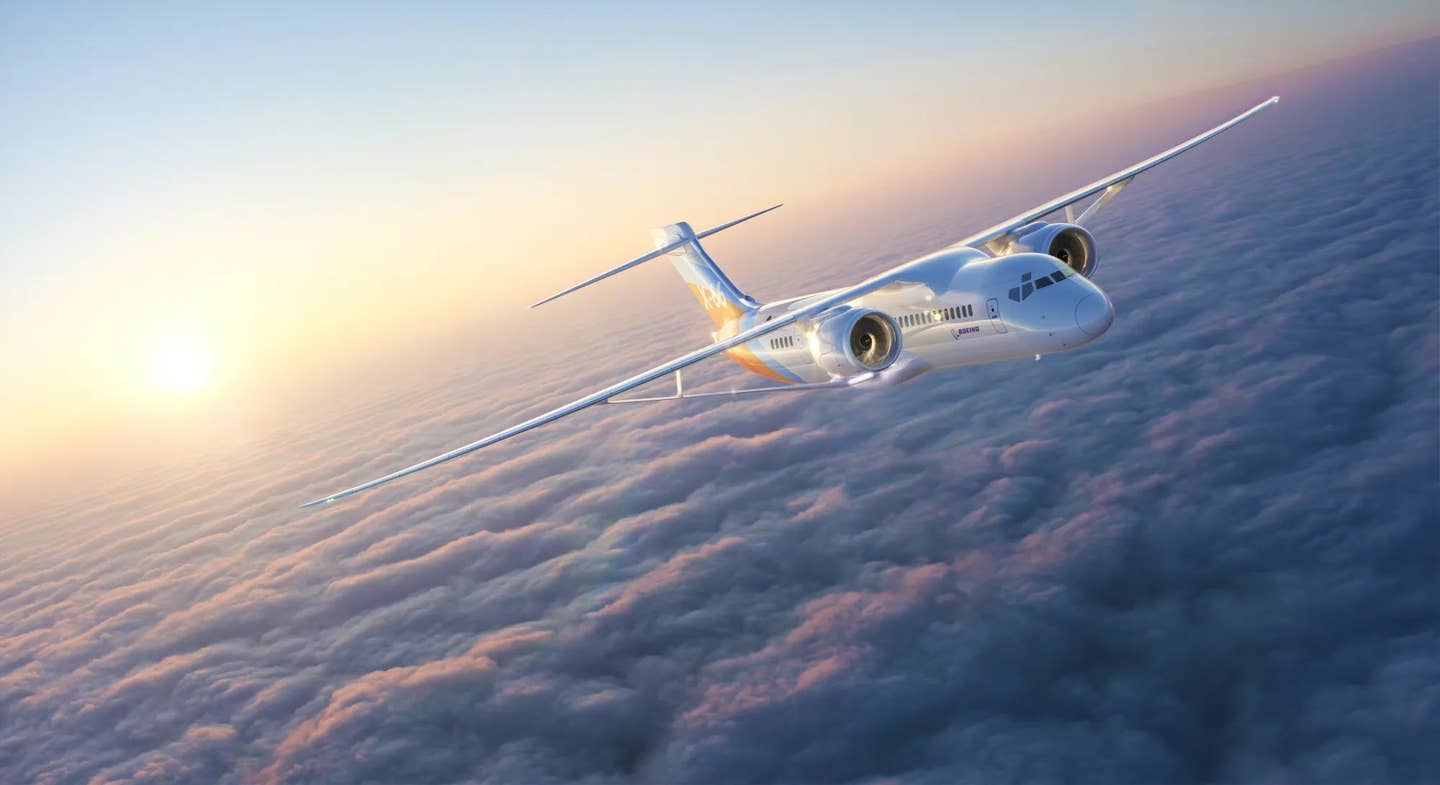
An airport diagram of SNA shows the hotspot at the intersection near Runway 20L. John Wayne Airport
Airport surveillance videos detailing last week's incident at John Wayne International Airport (SNA) involving actor Harrison Ford have surfaced. The actor was cleared to land his single-engine Aviat Husky on SNA's Runway 20L, but instead landed on the airport's taxiway "Charlie" that runs parallel to Runway 20L. As the Husky approached the intersection of taxiway "Charlie" and "Lima," it passed about 100 feet over the top of an American Airlines Boeing 737 that was approaching the hold-short lines for Runway 20L.
As in an aircraft accident, there are always extenuating circumstances the FAA will need to consider in the investigation, which has already begun, such as listening to the pilot’s remembrance of the approach to SNA. Ford will be asked to recall what he was doing step-by-step, including anything that might have created a distraction. With an annual traffic count of just over 300,000 takeoffs and landings SNA is one of the busiest airports in the U.S. that also caters to aircraft as tiny as the 2,200-pound Husky.
A look at the SNA airport diagram also indicates the intersection where Ford’s February 13 landing incident occurred is already labeled as an airport hotspot, meaning it’s a known spot for potential trouble and a place where pilots and air traffic controllers are expected to exercise extra caution because of the possibly of a close call. No word yet from the FAA on why the controller that issued the landing clearance to Ford did not notice he was headed for the taxiway rather than Runway 20L.
At a minimum, the FAA's investigation that has already begun into Ford's landing incident will likely include a "44709 ride," essentially a requirement for the pilot to ride along with an FAA operations inspector to check his flying competency. An FAA source told Flying that the 709 ride normally means the inspector may demand the pilot fly any of the maneuvers required for the category of pilot certificate the airman already holds. Assuming the 709 ride results are satisfactory, Ford will not be out of the woods just yet; there will still be the issue of the violation of the FARs to deal with for landing on a taxiway, as well as for overflying the 737. While actions following the 709 ride will be at the discretion of the FAA operations inspector, the violation of the FARs can be expected to bring in an FAA regional counsel to determine the next steps. Possibilities include a letter of warning from the agency at a minimum, and could result in a suspension of the pilot's certificate.

Sign-up for newsletters & special offers!
Get the latest FLYING stories & special offers delivered directly to your inbox






